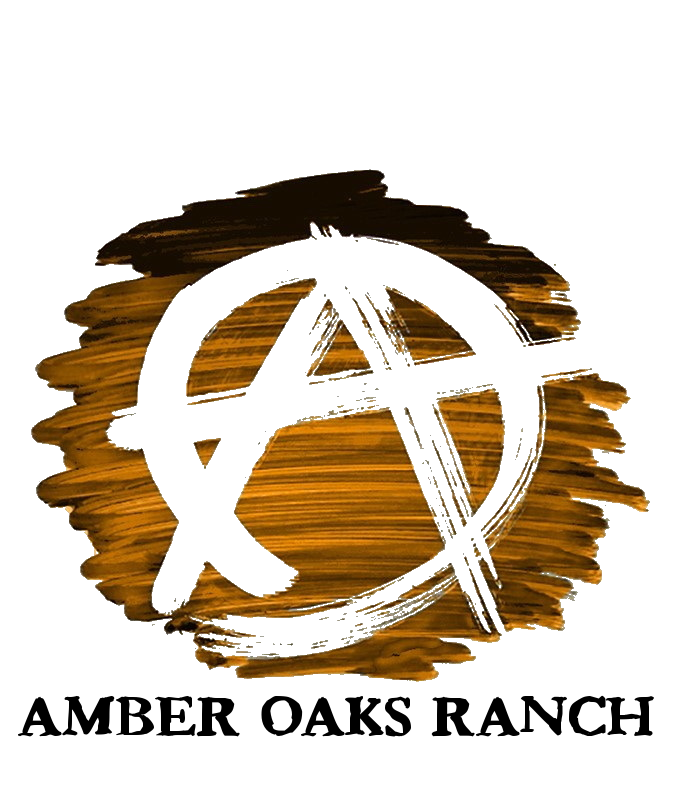November 2025 vol. 1
I know it’s been a while since my last newsletter, but it’s certainly not because we’ve been sitting idle. Quite the opposite, we’ve been hustling nonstop around here. I managed to squeeze in a few small projects over the summer, but most of my time has gone into fixing things that needed attention. As the days grow shorter, I expect the pace to ease up a bit, so I’m hoping to send out more updates again soon.
One of the many things that needed fixing was a section of fencing and a water line that subdivides one of our pastures. The fencing enables us to better utilize the land by rotationally grazing the animals, and the water line at its base enables me to supply water to the smaller paddocks for the cattle to graze.
Last spring, my brother Dan came out to help us prepare for our April Farm Tour. To get everything looking shipshape, I asked him to mow a few of the pastures. In his effort to “help,” he somehow managed to drive through one of my fences—taking out the water line in the process. And as if a broken fence and busted pipe weren’t enough, he also managed to shear the PTO drive shaft on my tractor. That PTO repair became just one of the many projects that pulled me away from my once-weekly newsletters.
I had originally put this fencing and water line in even before we built the house and moved onto the property. I knew then that rotational grazing was a core tenant of sustainable farming. By rotating the cattle, the field is able to rest and regenerate. This allows the grass to recover, ensuring a good root system. It also helps distribute the manure evenly across the land. Intensively grazing a small field for a short period ensures maximum utilization of the forage – trampling down what they don’t eat. The hoof action of the cattle drives the unpalatable forage into contact with the soil, enabling the microbiome to break it down faster. This is how our vast prairies were formed. Here we’re replacing bison with beef, and we’re using fencing (managed grazing) to replicate the wolf that kept the bison moving across the plains. In my ignorance at the time, instead of burying the water pipe below the surface, I just ran it at the foot of the fence – thinking that it would be well protected there. I failed to factor in the unskilled operator that would drive through the fence, mowing both wire and pipe to shreds.
So last week a good friend of the farm Ben Taylor came over and helped me fix it right. After we got the remainder of the wire pulled up, and all the fence posts out of the way, we hitched up an old Bottom Plow that I’ve been holding onto from my gardening days. We used the Bottom Plow to cut a shallow furrow into our sandy soil, then we laid the repaired water pipe in the furrow and covered it up. Unless someone runs through the fence with a harrow or other plowing rig, I’m hoping the hose will endure. Having taken off Veteran’s Day from my day job, Kaet (our farm hand) and I were able to string replacement wire for the high tensile electric fence. I still have to replace some of the spigots on the water line which shouldn’t take but a few hours.

When I get more time, I’ll take another swing at my solar powered water pumping system that will be coupled to the water pipe. I had been using a gasoline pump but would rather avoid the noise (and fuel) and go electric. As we feed hay in the winter, (and don’t rotationally graze), I have a few months to work the bugs out of that system before calling it into action in the spring.
Thanks for sticking with us through all the ups, downs, and unintended “help” we encounter along the way. There’s always something to fix and something new to learn out here, but with each project we get the ranch a little closer to the vision we’re working toward. I appreciate you reading along, and I look forward to sharing more progress—and a few more stories—with you soon.




Add Comment